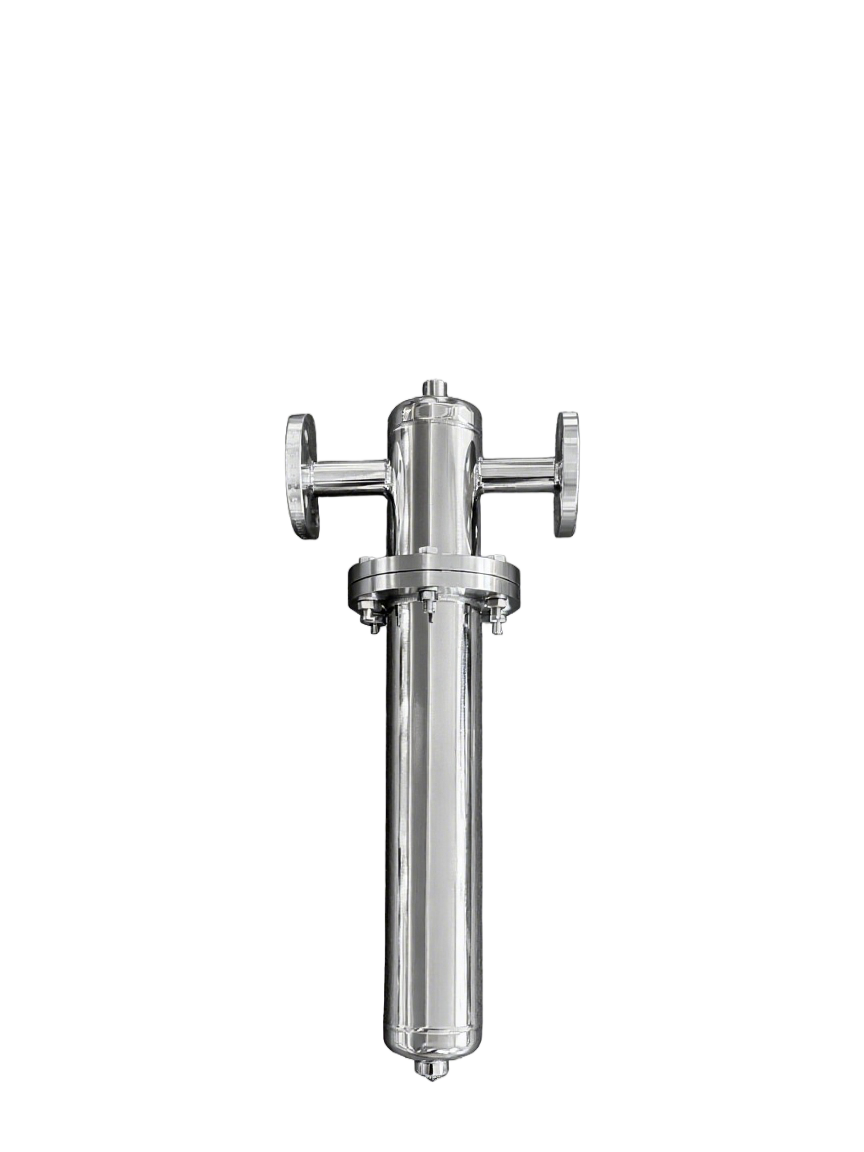The Versatile Realm: Applications of Custom Heat Resistant Rubber Sheets in Modern Engineering
In the realm of modern engineering, materials that can withstand high temperatures while maintaining their structural integrity are of paramount importance. Custom heat resistant rubber sheets are engineered to meet these demanding requirements, offering a versatile solution for a variety of applications. These sheets are designed to resist thermal degradation, providing durability and reliability in extreme environments. This comprehensive blog post will explore the applications of custom heat resistant rubber sheets in modern engineering, focusing on their unique properties, the industries they serve, and the technical aspects that make them indispensable.

Understanding Custom Heat Resistant Rubber Sheets
Custom heat resistant rubber sheets are a class of high-performance elastomers that are specifically formulated to maintain their properties under high-temperature conditions. These sheets are characterized by:
-
High-Temperature Resistance: They can withstand continuous exposure to high temperatures without significant loss of physical properties.
-
Chemical Resistance: They exhibit resistance to a range of chemicals, making them suitable for use in corrosive environments.
-
Flexibility and Durability: Despite their heat resistance, these rubber sheets maintain flexibility, allowing them to be used in dynamic applications.
-
Customizability: They can be customized in terms of thickness, size, and compound formulation to meet specific application requirements.
-
Thermal Stability: They maintain their physical properties and do not degrade over time when exposed to heat.
Applications of Custom Heat Resistant Rubber Sheets in Modern Engineering
The applications of custom heat resistant rubber sheets are vast and varied, spanning across numerous industries. Here are some of the key applications:
-
Automotive Industry: Custom heat resistant rubber sheets are used in gaskets, seals, and hoses that are exposed to high temperatures in engines and exhaust systems.
-
Aerospace Industry: These sheets are utilized in aircraft for various components that must withstand the heat generated during flight and on the runway.
-
Industrial Equipment: In manufacturing plants, custom heat resistant rubber sheets are used in conveyor belts, seals, and insulation for machinery operating at high temperatures.
-
Construction: They are used in roofing and flooring applications where resistance to heat and UV radiation is necessary.
-
Electronics: Custom heat resistant rubber sheets are used in the production of electronics as insulators and protective covers for components that generate heat.
Technical Aspects of Custom Heat Resistant Rubber Sheets
The performance of custom heat resistant rubber sheets is determined by several technical aspects:
-
Material Composition: The base polymer and any additives or fillers used in the compound can significantly affect the heat resistance of the rubber sheet.
-
Thermal Conductivity: The ability of the rubber sheet to conduct heat can influence its application, with lower conductivity being desirable in many high-temperature applications.
-
Temperature Range: The specific temperature range that the rubber sheet can withstand is a critical factor in its application.
-
Flammability and Smoke Density: In some applications, the rubber sheet must not only resist heat but also meet specific flammability and smoke density standards.
-
Mechanical Properties: The strength, flexibility, and durability of the rubber sheet are essential for withstanding mechanical stress in high-temperature environments.
-
Weather Resistance: Custom heat resistant rubber sheets may also need to resist weathering, including exposure to UV radiation, rain, and temperature fluctuations.
Manufacturing Process of Custom Heat Resistant Rubber Sheets
The manufacturing process of custom heat resistant rubber sheets involves several stages:
-
Compounding: The base polymer is mixed with various additives and fillers to achieve the desired heat resistance and other properties.
-
Curing: The compounded material is then cured to achieve its final properties, including its heat resistance.
-
Sheet Formation: The cured rubber is then formed into sheets of the desired thickness and size.
-
Quality Control: Each batch of rubber sheets is tested for its heat resistance and other properties to ensure consistency and quality.
-
Customization: Based on customer specifications, the sheets can be further customized in terms of size, shape, and other properties.
Factors Affecting the Performance of Custom Heat Resistant Rubber Sheets
Several factors can influence the performance of custom heat resistant rubber sheets:
-
Environmental Conditions: Exposure to oxygen, moisture, and chemicals can affect the rubber's performance over time.
-
Physical Stress: The rubber sheet's ability to withstand physical stress, such as compression and tension, is crucial in high-temperature applications.
-
Thermal Stress: The rubber sheet must be able to withstand thermal expansion and contraction without losing its integrity.
-
Ageing: The rate at which the rubber sheet ages and loses its properties can be affected by the heat and other environmental factors.
Optimizing the Use of Custom Heat Resistant Rubber Sheets in Engineering
To maximize the benefits of custom heat resistant rubber sheets in engineering applications, consider the following strategies:
-
Material Selection: Choose the base polymer and additives that best meet the heat resistance and other property requirements of your application.
-
Design Considerations: Design components and systems that take into account the thermal expansion and contraction of the rubber sheet.
-
Maintenance: Implement a regular maintenance schedule to inspect and replace rubber sheets as needed to ensure ongoing performance and safety.
-
Quality Assurance: Work with suppliers that provide quality assurance and testing to ensure that the rubber sheets meet your specifications.
-
Regulatory Compliance: Ensure that the rubber sheets comply with all relevant safety and environmental regulations.
Conclusion
Custom heat resistant rubber sheets are a critical component in many modern engineering applications, providing a versatile solution for withstanding high temperatures and other challenging conditions. By understanding their unique properties and applications, engineers can leverage these sheets to enhance the performance and safety of their designs. As with any material, it is essential to select the right custom heat resistant rubber sheet for your specific application, considering factors such as temperature resistance, chemical resistance, and mechanical properties. With the right approach, custom heat resistant rubber sheets can become a valuable asset in your engineering projects, driving innovation and reliability in high-temperature environments.
www.allaboutrubber.com
Zhengli



